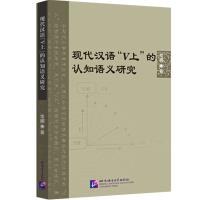Online Bookstore
A Cognitive Semantic Study on “V+ 上” in Modern Chinese
Author:Chang Na
- Medium:Books
- ISBN: 9787561958001
- Page Count: 230
- Size:
- Pub Date:2021-01
- The book weight: 334 g
- Annotation Language:English
- Course:Non-textbook
- Target Audience(Age):
- Target Audience(Language):
- Price:
-
Category: Academic Research














